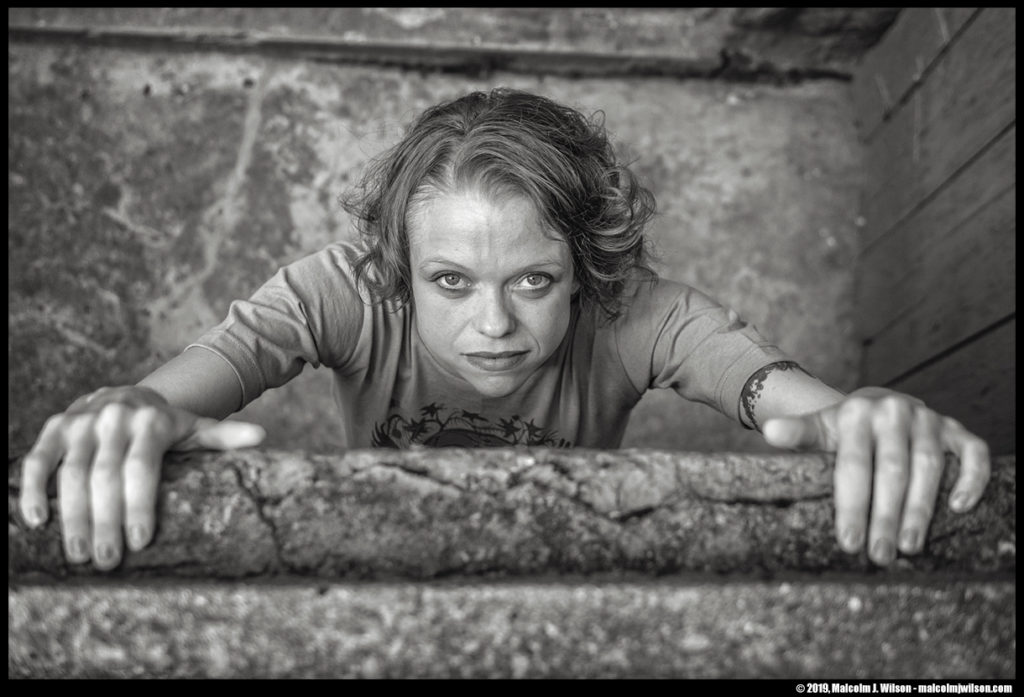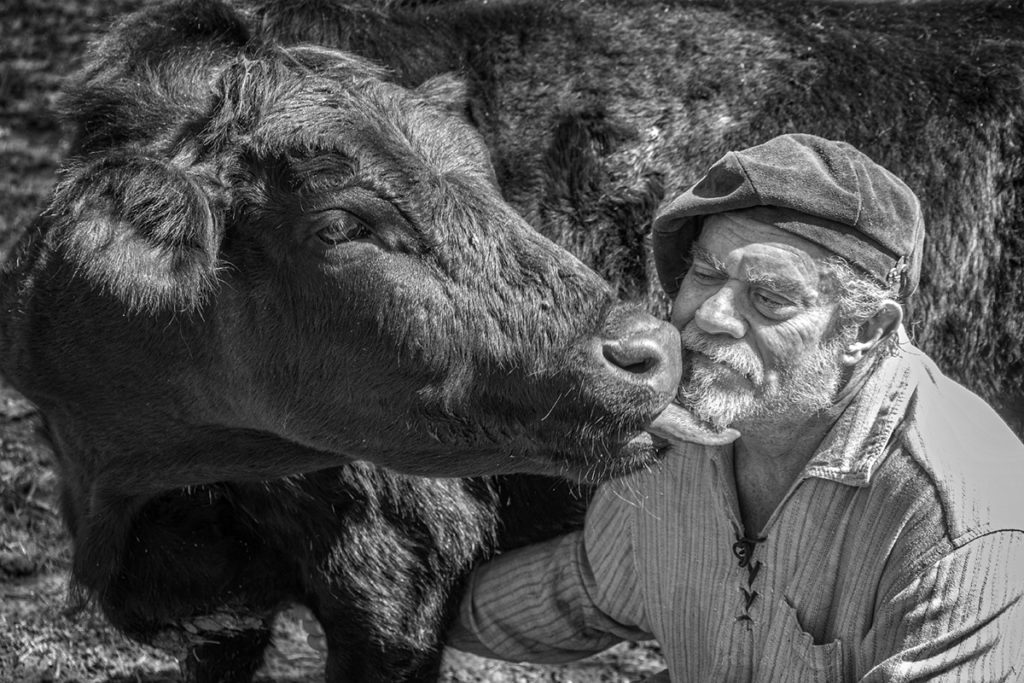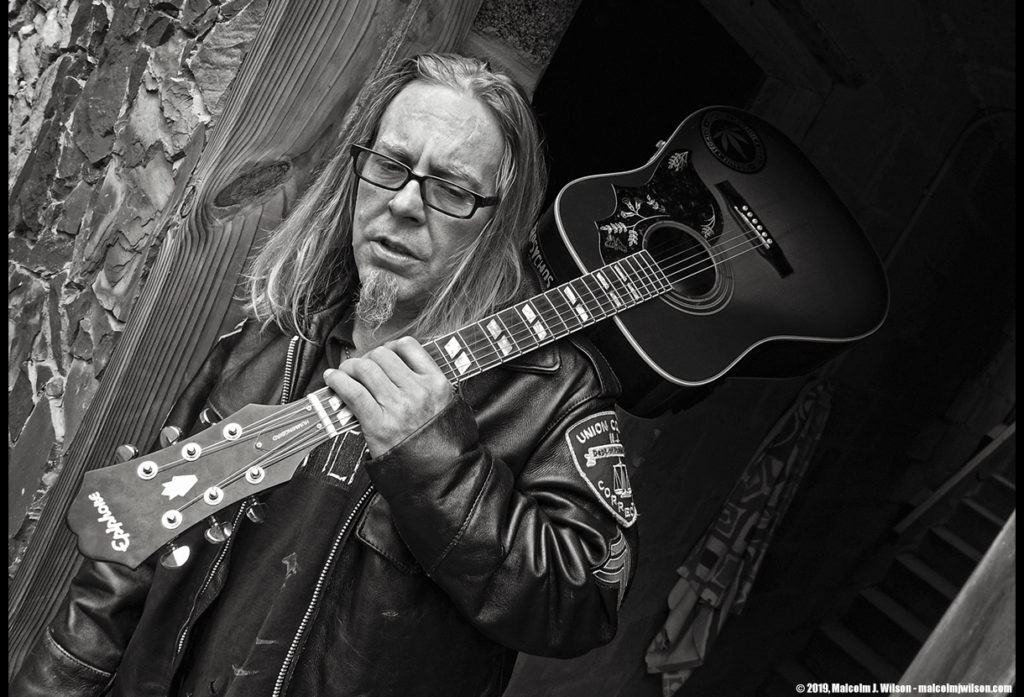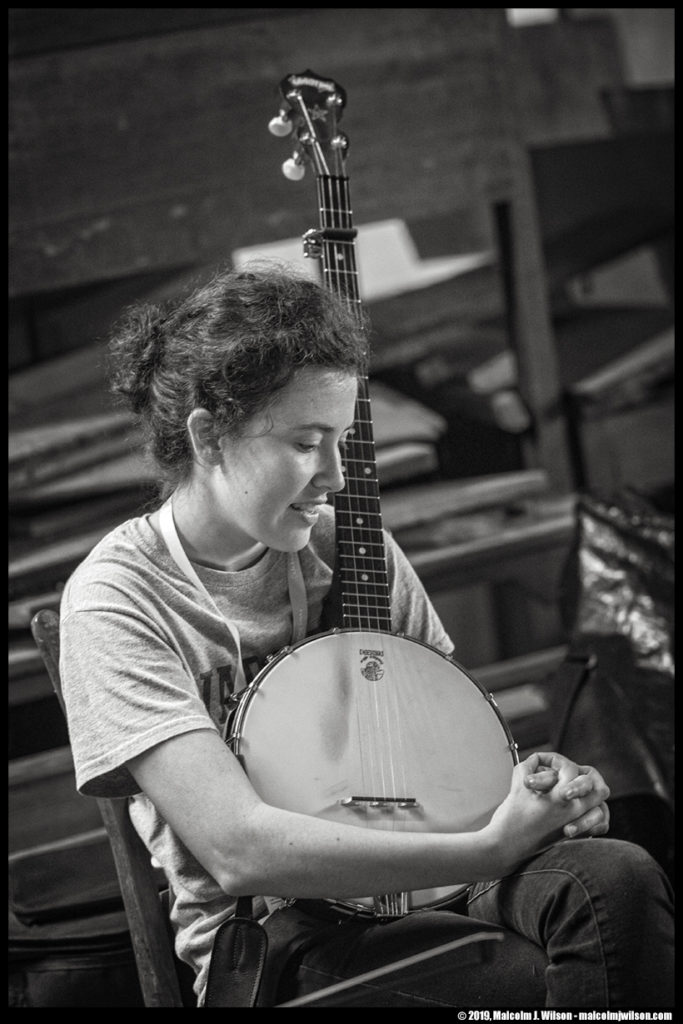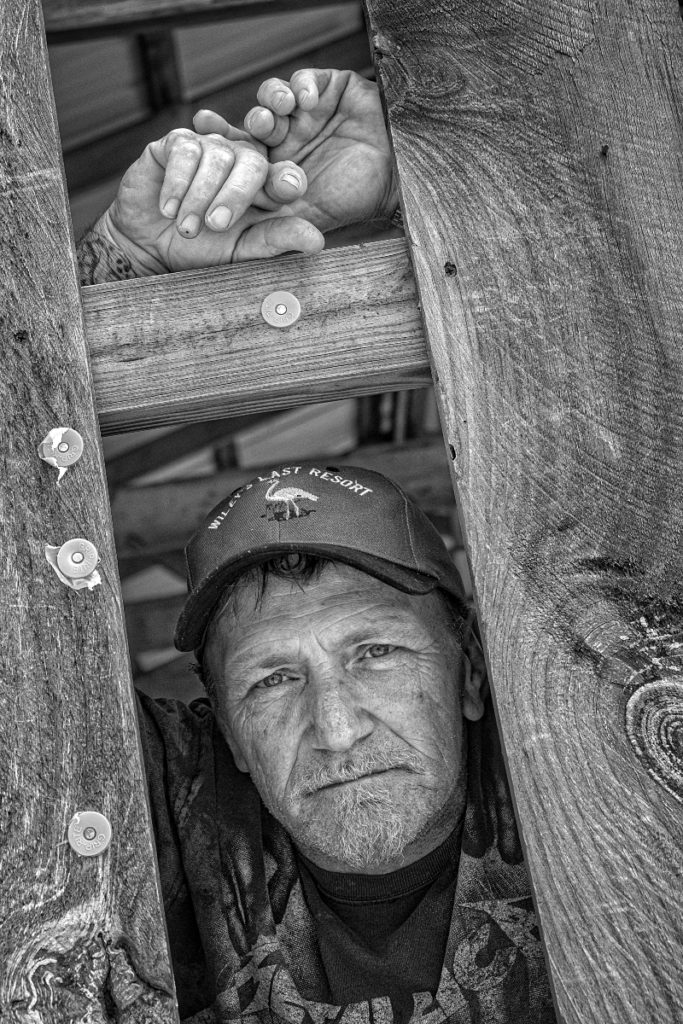Two Local Institutions Expand Programming into the Audio-Video World
Posted on August 25, 2020
Going virtual does not have to mean stills on a screen, as Behringer-Crawford Museum and Lloyd Library & Museum prove with their moves to new multimedia experiences.
As the pandemic proceeds apace and options for in-person exhibitions remain narrow, many local arts institutions have expanded programming into the digital space. Two local museums provide a useful model for how to navigate this brave new world.
Behringer-Crawford Museum Doubles Down on a Planned Artist Feature
The story of Appalachia is about blue mountains and old family homesteads, to be sure, but it’s also indelibly about displacement and separation. For most of the 20th century and before, people emigrated from the Appalachian region to places like Northern Kentucky and Cincinnati in search of work and opportunity. Many never returned. Homesickness for Appalachia is as much a part of its culture as actually living there.
This story continues well into the 21st century. Photographer Malcolm J. Wilson, a native son of Harlan County, Kentucky, moved to the Cincinnati area in the early 1980s to study fine art photography and journalism at Northern Kentucky University. After building his career in Cincinnati shooting 35-mm film, he made the switch to digital—and eventually did find his way back home. Now living in Letcher County, Kentucky, he runs the blog Humans of Central Appalachia, telling the story of those often misunderstood communities through documentary-style and portrait photography.
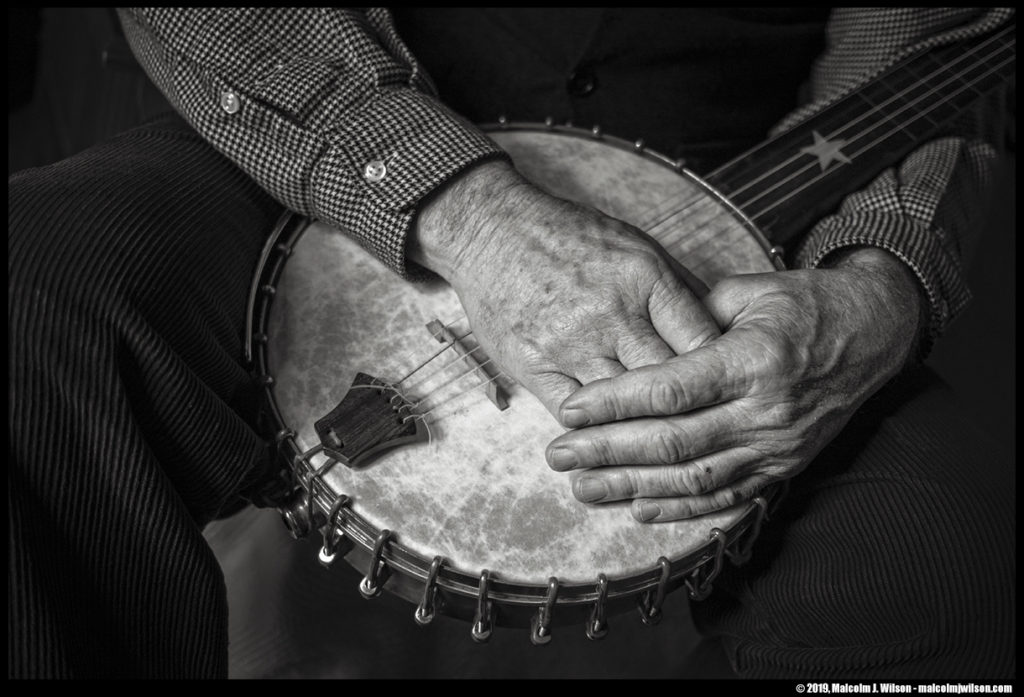
It was Wilson’s commitment to foregrounding Appalachian lives and culture that first drew the curators at Behringer-Crawford Museum to his work. Located in Covington’s Devou Park, Behringer-Crawford’s mission is to preserve the natural and cultural history of Northern Kentucky. Curator of Collections Jason French was keen to build an in-person exhibit of Wilson’s photography titled Reflections from the Mirror: My Appalachia. He intended to place the artist center-stage in adjacent programming, including hosting an artist presentation with Appalachian food and music. “We really had a lot of our mental energy tied up in that,” French says. “And then we weren’t able to do it. But we didn’t want to give up that relationship we were developing with Malcolm.”
French’s solution was to make Wilson himself the exhibit. He and a team of curators will be traveling to Wilson’s home to create a documentary video of his work and artistic process, with the video available on Behringer-Crawford’s social media channels in early October.
Says French: “We were excited because it was a good fit for how we like to talk about our regional history and the people in our region. Malcolm is really a great example of that from the perspective of a slightly more modern displaced Appalachian.”
Subscribe to Behringer-Crawford’s YouTube channel for video updates.
Lloyd Library & Museum Adds a Podcast to Give a New Voice to Their Mission
Outreach has a place in the strategic plan for any nonprofit arts organization. But that’s doubly true for Lloyd Library & Museum—one of Cincinnati’s (much) more hidden gems. A small educational institution known throughout the region as a repository of important scientific papers, photographs, and art prints, Lloyd is a researcher’s dream. The collection mostly features science, art, and history materials alongside exhibits that highlight everything from medical instruments to botanical sketches.
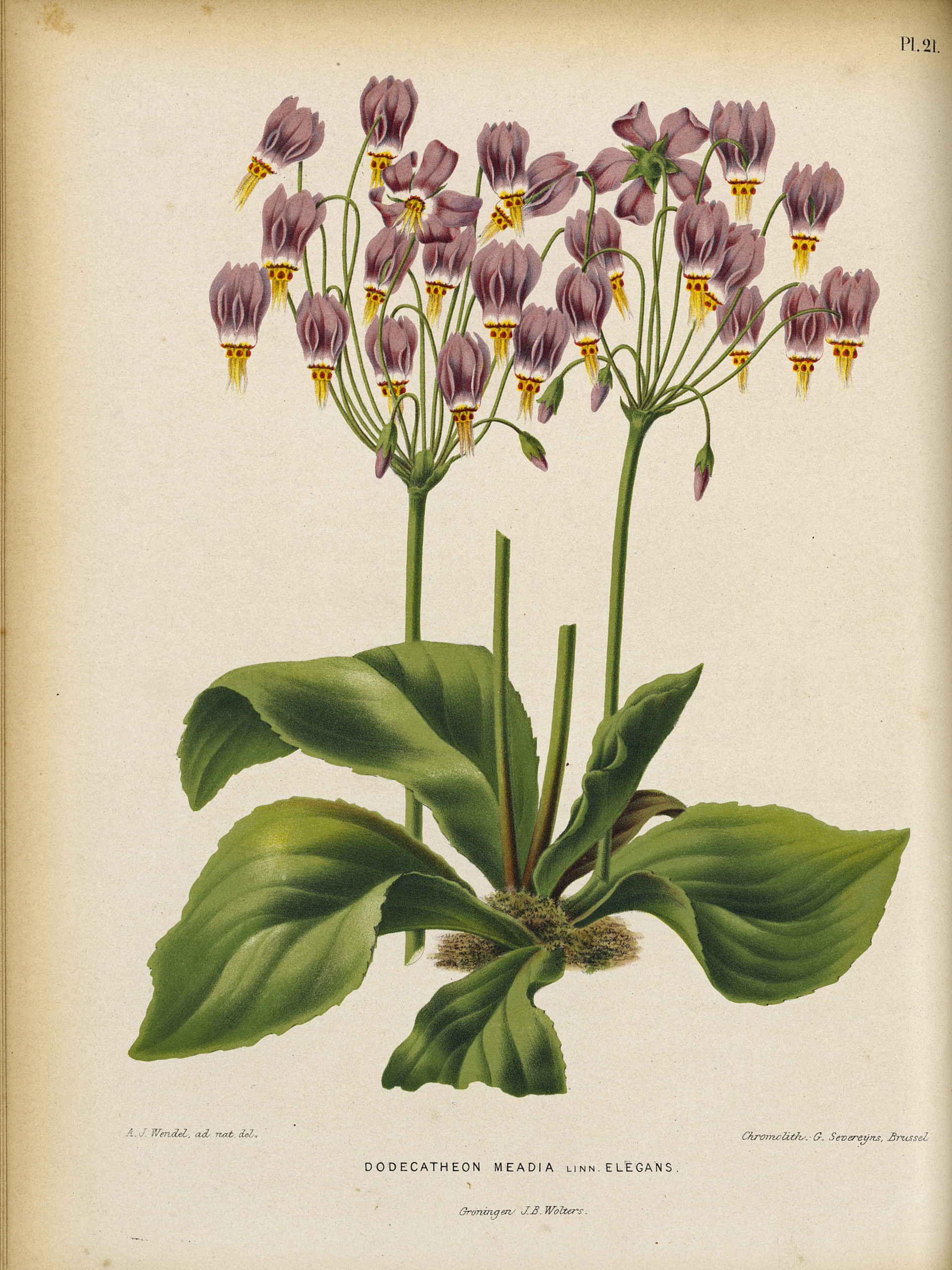
Lloyd’s leadership had long known that they needed to grow their reach beyond the corner of downtown Cincinnati they currently occupy. They had planned to create a podcast to open up new ways of communicating their mission: “advocat[ing] for education in plant-based science, medicine, conservation, art and history.”
But as is often true with long-term plans, podcasting took a back burner to the more immediate needs of operating the exhibits Lloyd is known for. And they wanted to do it right, too: “We wanted any digital exhibit to be really dynamic—not just a flat page with a bunch of images on it, but interactive,” says Executive Director Patricia M. Van Skaik.
Then came the national shutdown. In-person exhibits closed up or never launched, and the podcasting plan jumped to the top of the list. Lloyd accelerated its production to create “Between the Leaves,” a monthly audio experience of the stories Lloyd does best: nature, science, culture, and history.
The podcast lets Lloyd share its collection—and personality—in an all-new way, opening it up to anyone and everyone who wants to learn. Now two episodes in, “Between the Leaves” is to become a permanent fixture in Lloyd’s programming.
Listen to “Between the Leaves” and follow the Lloyd Library & Museum podcast at lloydlibrary.org/between-the-leaves.
This collective move into digital programming has been difficult, to be sure. Museums and galleries have lost countless hours of work that they had dedicated to spring and summer programming, and are now working to reclaim and preserve their missions. But true to creative form, curators and directors throughout the region are also using the disruption as an opportunity to create permanent growth—to reach all-new audiences and to create a larger footprint for years to come.
